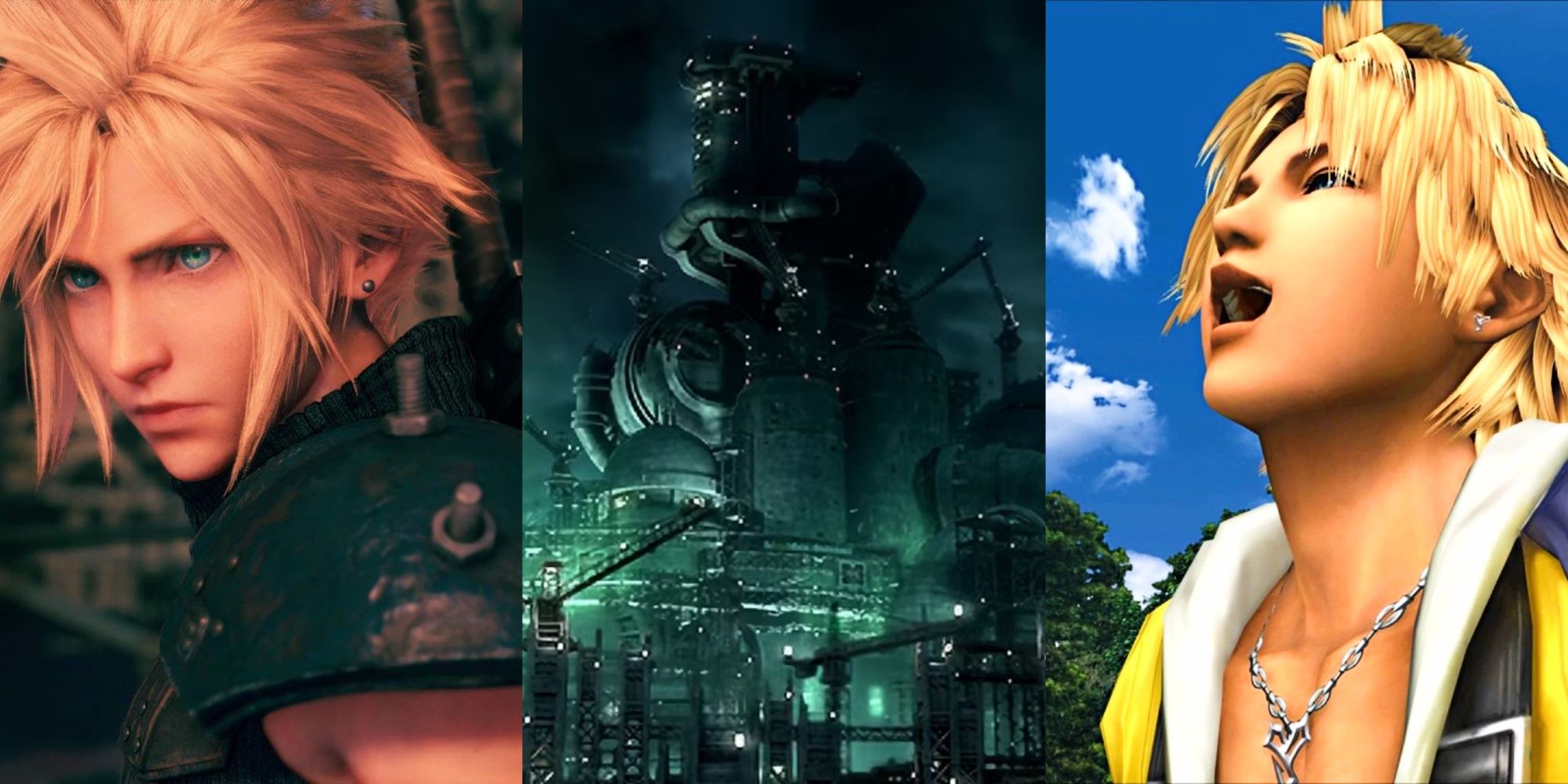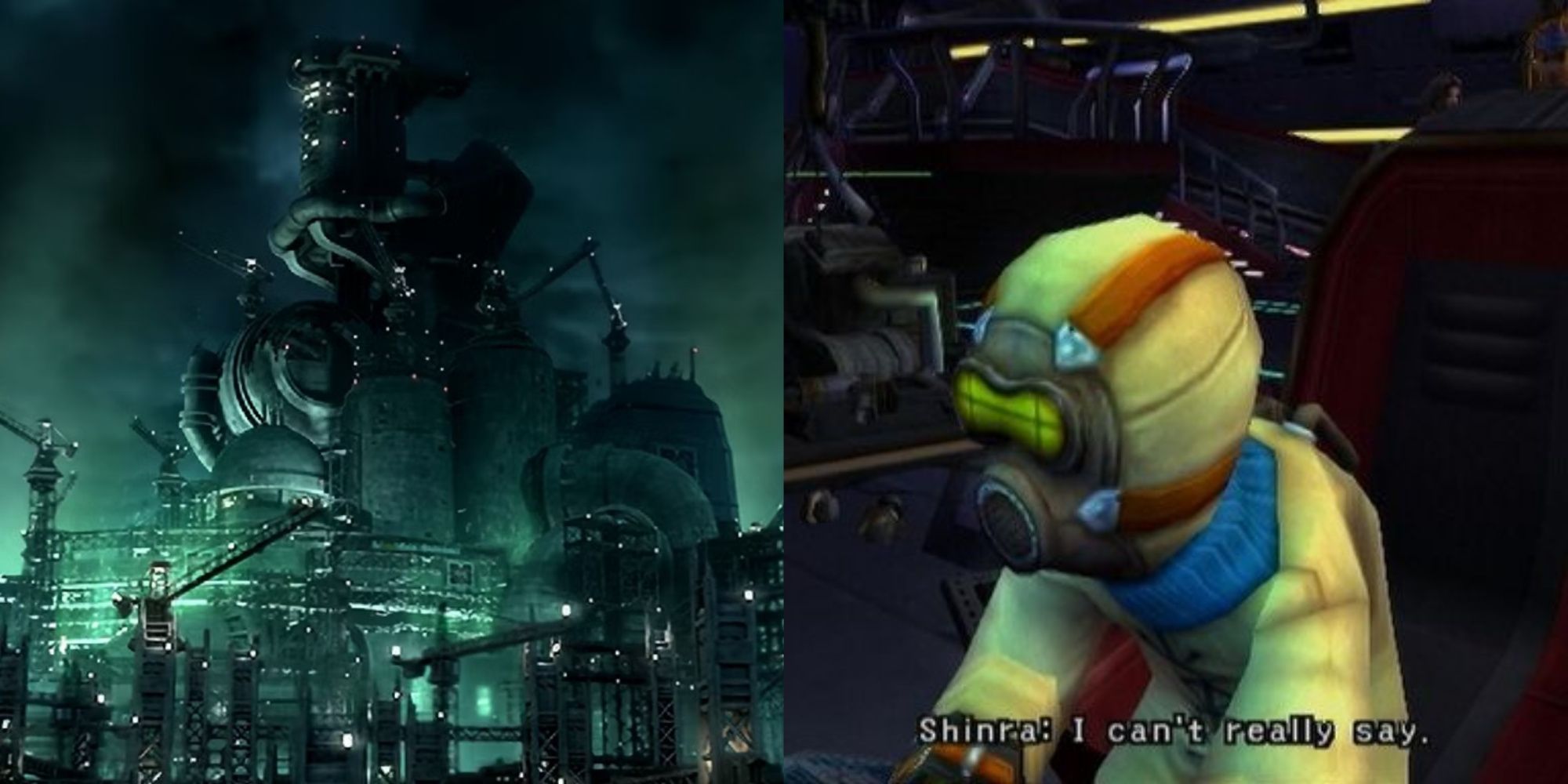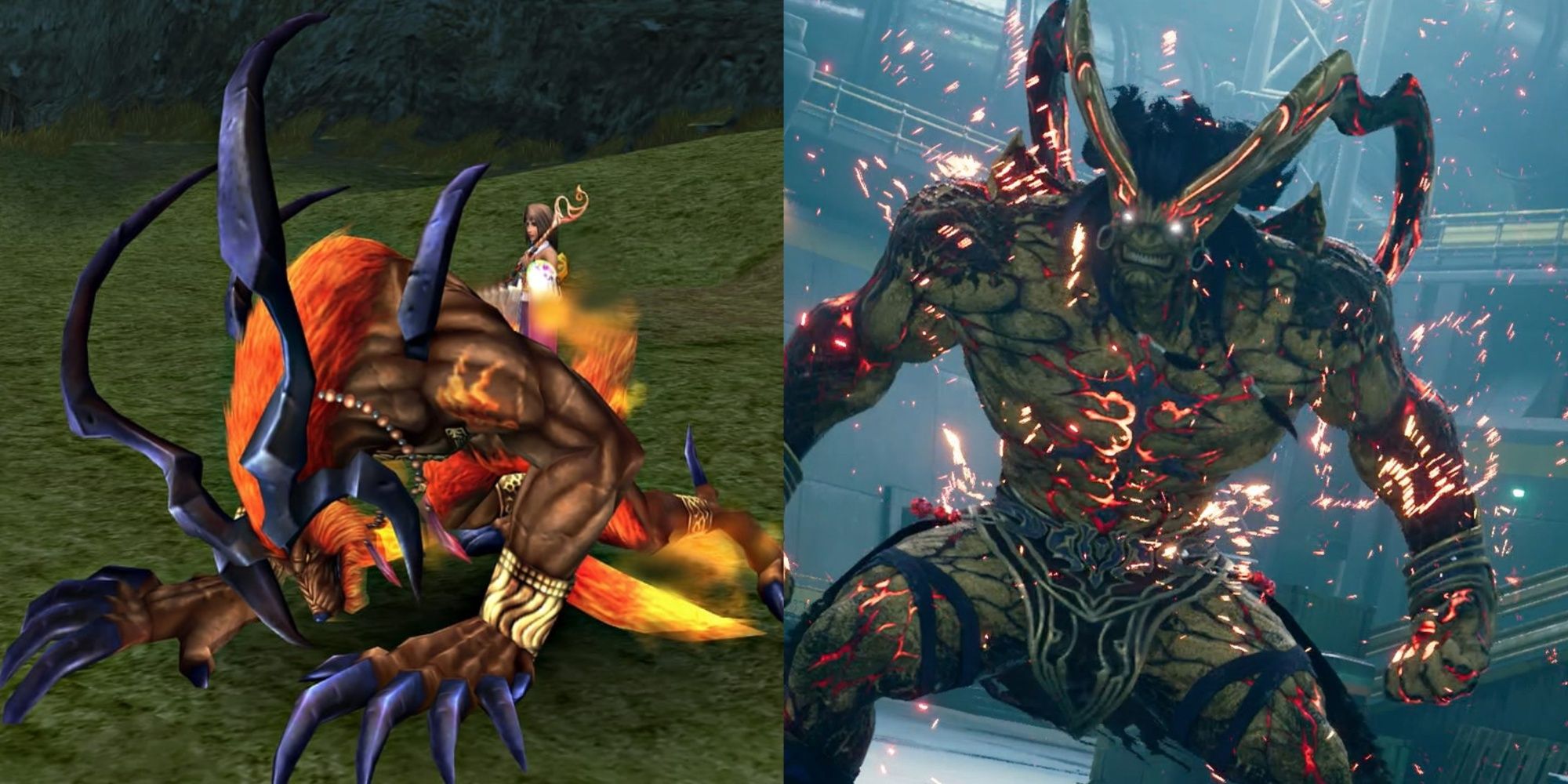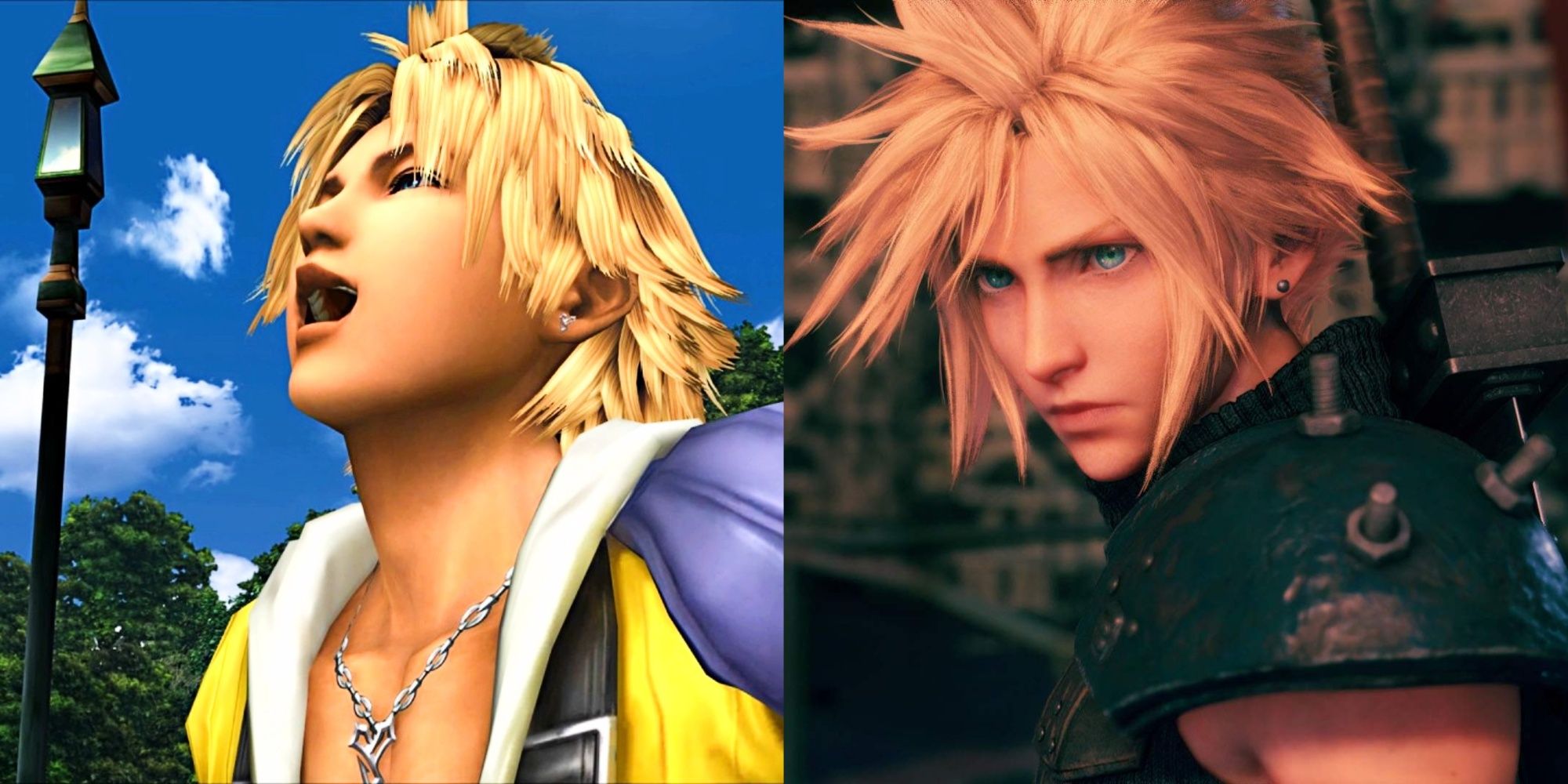At what point would you look at a series with numbered entries and assume it stops being a single, connected story? The Like A Dragon games (In Japan) are heading into their ninth mainline entry, while games like Assassin’s Creed dropped numbers at 4 when the story stopped being strictly connected. Final Fantasy, meanwhile, has very rarely featured sequels at all.
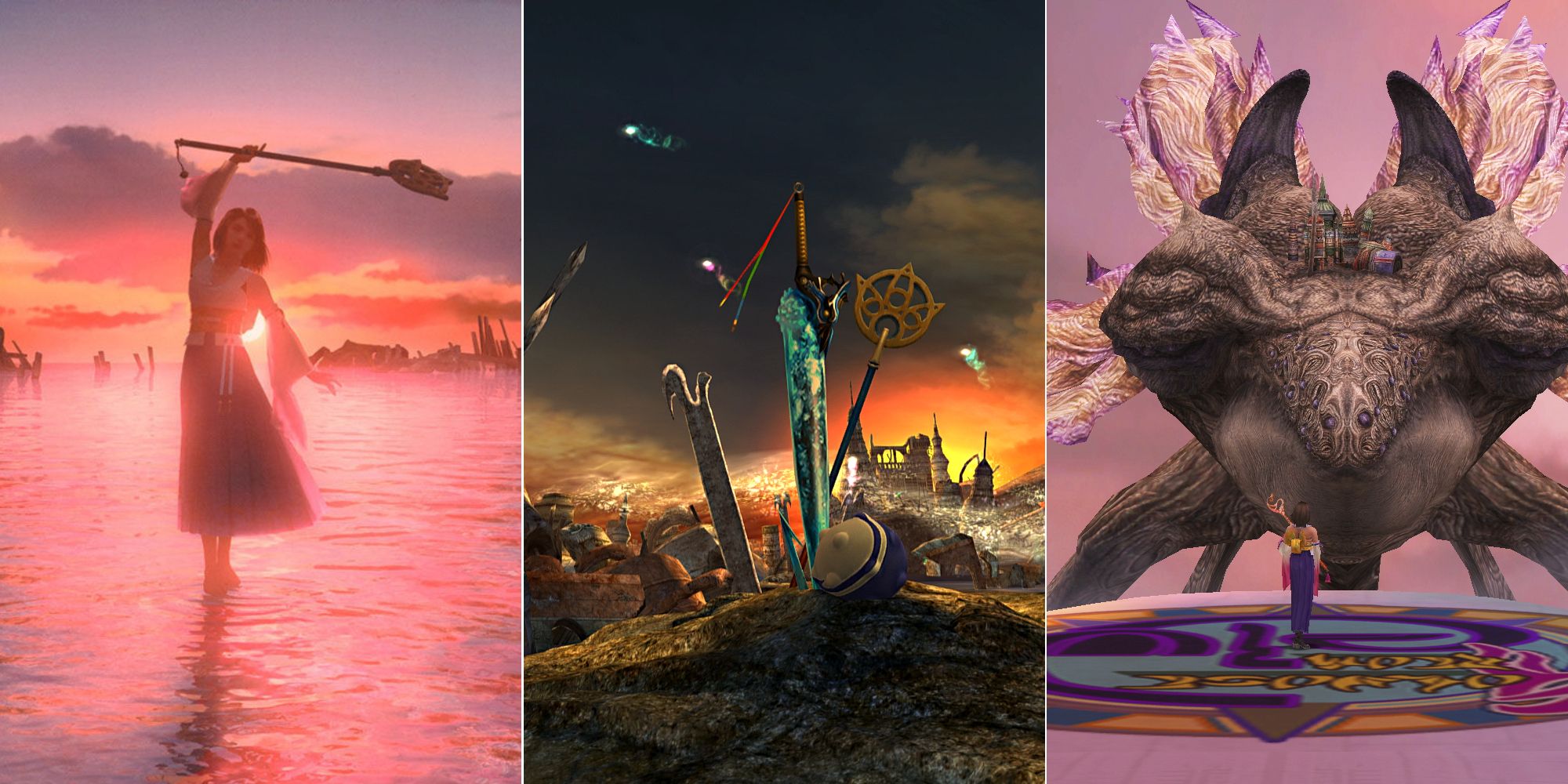
Final Fantasy 10: What Is The Eternal Calm?
Final Fantasy 10 is a beloved entry in the famed series, but its lore can get dense at times. Here’s the history of Spira, all in one place!
Which is the interesting crossover of Final Fantasy 7 and 10. While no entry, aside from the direct sequels, are explicitly connected, FF7 and 10 have laid some foundations, loose as they may be, to suggest more than a passing thread of connectivity between the two games. Let’s try to unravel for ourselves just how valid those points are.
Evidence Supporting Final Fantasy 7 And 10 Being In The Same Universe
Let’s start with the basics. Final Fantasy 7 has the Lifestream. It is, as the name implies, an ethereal stream flowing within and around the planet, holding the energy of all life that has lived on the planet. Within the world of FF7, the Lifestream sometimes manifests in Mako, which can be used as a form of energy, as evidenced by Shinra.
In FF10, we have the Farplane. Viewed more strictly through a religious context, the Farplane is where the souls of the departed dwell, manifesting within the living world as Pyreflies and other otherworldly phenomena. Already, you might see more than a passing resemblance between the two concepts, with a cultural difference explaining away the different portrayals.
So let’s go a step further. The Farplane and Lifestream seem quite similar, but that confirms nothing. Well, in FF10-2, we have the character of Shinra, a young child inventor. That’s already a pretty obvious allusion, if not an outright connection that even the developers have acknowledged.
Square Enix didn’t stop at that though. In FF7 Remake, another sneaky little tidbit is added in Shinra’s own HQ. While exploring the history of Shinra you can come across a giant, sepia photo. What do we see right in the centre of that photograph? A man sat right at the centre wearing a mask strikingly similar to the one worn by Shinra in FF10-2. Courtesy to VG247 for this discovery.
In most other regards, the worlds stand completely apart. The similarity between the Farplane and the Lifestream, as well as boy-inventor Shinra, are the clearest connections. Even the FF10 Ultimania posits that the people of Spira may have travelled to a new world with their technology to found Midgar.
Evidence Opposing Final Fantasy 7 And 10 Being In The Same Universe
Though that all seems like some compelling information to confirm a connection, it’s important on the flipside to be aware that it is all tangential. Even Kazushige Nojima, the writer of these respective games, has said these connections were planned as small anecdotes, not major plot points.
While we’re debating similar concepts tying these worlds together, let’s now focus on the things that separate them, starting with Summons. In Final Fantasy 7, Summons are quite simple. They manifest in Materia, gifted power by the world. That is it. FF7 Remake posits that, perhaps, they were ancient defenders of the world, and now appear in Materia to protect it in the modern day. Again, the lore ends there.
In FF10, meanwhile, Summons are a major aspect, both in gameplay and story. Known as Aeons, they are the manifestations of the dreams of the Fayth, and can only be called by Summoners, such as Yuna. They are not strictly the souls of the dreaming, but a dream of theirs manifested through the Pyreflies. Unlike in FF7, they have a direct connection to the people around them and cease to exist without that connection.
In fact, none of the Summons of FF7 bear any resemblance to those shown in FF10, further distancing the shared connection. Further on that, none of the world of FF7 bears any historical resemblance either. In FF10, we see the world of Spira 1000 years in the future, the ruins of Zanarkand left as a stark reminder of the past. In the Japan-exclusive Eien no Daishō novel, we see the world beyond Zanarkand in the past as well.
Yet in all of FF7, we see no remnants of the world that supposedly came before it. Even in following the idea that people travelled from the world of Spira to the Gaia of FF7, they somehow left nothing of their history. That seems exceedingly unlikely considering Shinra’s obsession with discovering the history of Gaia itself so they can exploit it.
Hypothesis On Whether Final Fantasy 7 And 10 Are In The Same Universe
With all that information presented to you, what do you think the answer is? In reality, there’s no way of definitively saying these games are set in the same universe, but you can’t strictly say they’re not, either. The devs at Square Enix seem to revel in laying this breadcrumb trail, all the while saying it’s nothing strictly canon, either.
Everything that is similar can be easily explained away as being just that – similar. That’s bound to happen in a series as long as Final Fantasy. And for everything that seems to oppose the idea of a connected history, one could just easily say some small thing would allow for such an adjustment.
To break it down, the most likely answer is that it’s all coincidences and easter eggs. Don’t expect Yuna to appear in Rebirth with Sin as the final boss anytime soon. For now, leave the interconnected universe as a fun possibility rather than anything definitive.
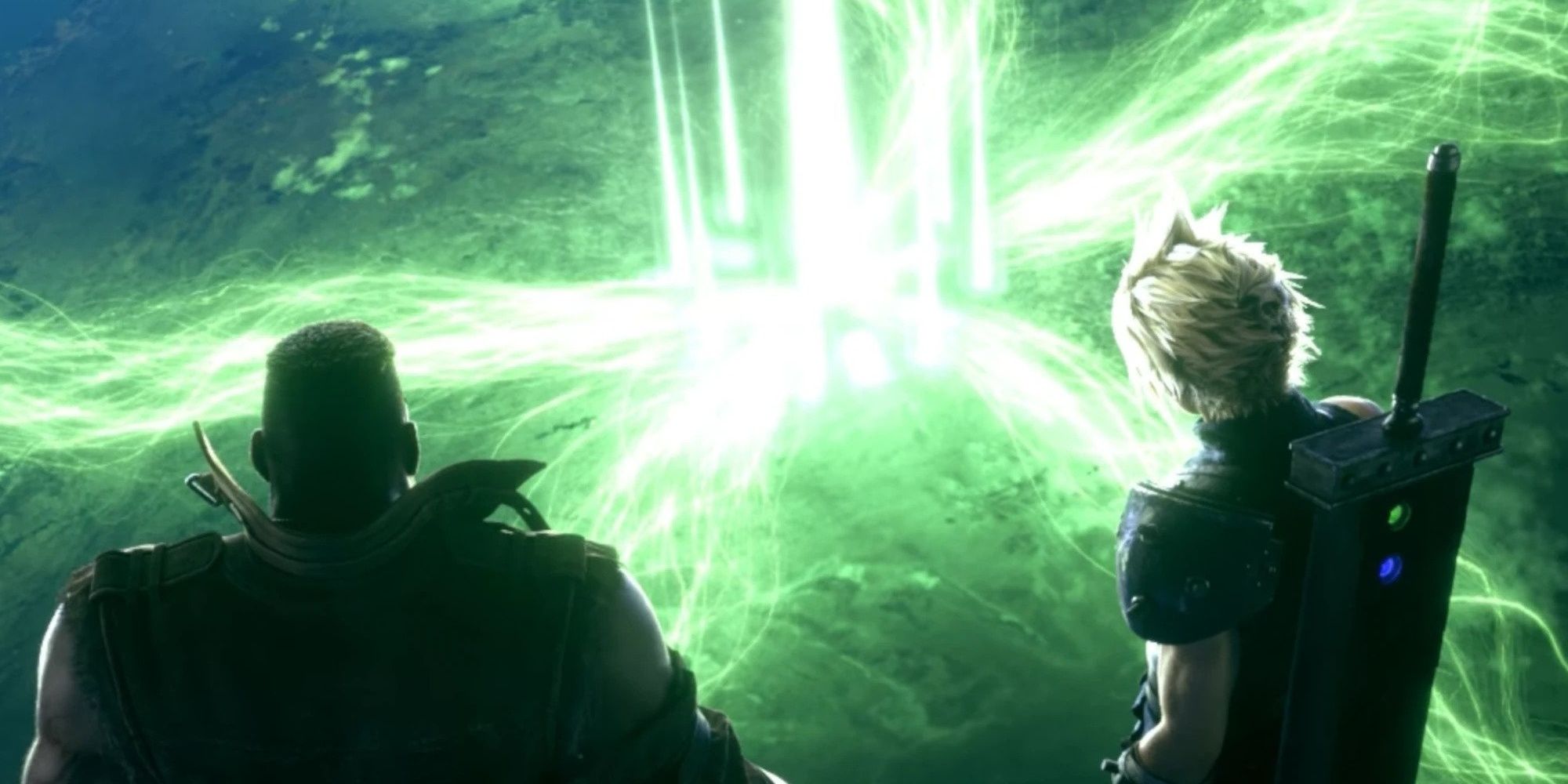
Final Fantasy: What Is Mako?
Mako is a central focus in Final Fantasy 7 and its remakes, but what exactly is the power behind it and how did it come into being?

